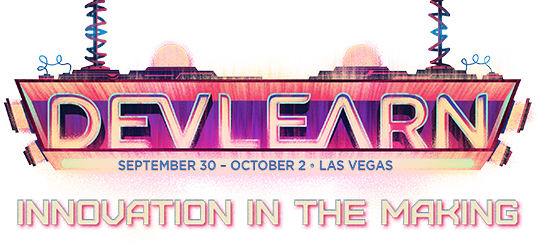512 The Science of Attention, Willpower, and Decision-making
1:15 PM - 2:15 PM Thursday, October 1
Instructional Design
114
A number of myths persist about people’s allegedly ever-shortening attention spans—but what does the science say? Neuroscience, behavioral economics, and consumer psychology all offer insights into how we manage and allocate attention. Additionally, our ability to manage attention and focus seems to be related to our abilities to allocate willpower and influence how we make decisions.
In this session you will learn what the current science says about how attention, willpower, and decision-making interact, and how that influences the design of eLearning environments. Having a deeper understanding of this topic will help you create more engaging and effective learning solutions.
In this session, you will learn:
- How cognitive load and glucose usage influence willpower
- How we allocate and manage attention
- How to engage learners’ attention and manage distraction
- How to use the principles of willpower, attention, and decision-making to create better eLearning
Audience:
Intermediate and advanced designers and managers.
Technology
discussed in this session:
N/A

Julie Dirksen
Learning Strategist
Usable Learning
Julie Dirksen, a learning strategist with Usable Learning, is a consultant and instructional designer with more than 15 years' experience creating highly interactive eLearning experiences for clients ranging from Fortune 500 companies to technology startups to grant-funded research initiatives. She's interested in using neuroscience, change management, and persuasive technology to promote sustainable long-term learning and behavior change. Her MS degree in instructional systems technology is from Indiana University, and she's been an adjunct faculty member at the Minneapolis College of Art and Design. She is the author of Design For How People Learn.













































